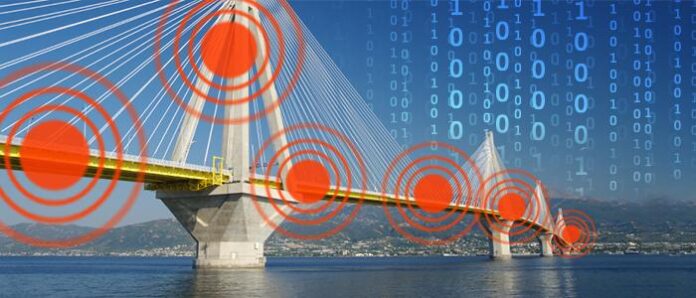CHICAGO – This week’s Cisco Internet of Things World Forum was big on the potential of increased connectivity, as well as not shying away from the challenges that lay ahead for the industry. This was seen in a panel discussion on standards and interoperability, two significant topics that are set to play a big role in the future of the “Internet of Things.”
The panel members noted that standards and interoperability were both essential to continued deployment of IoT, but that both also included other issues like security and coordination among various industry players that further complicate the process.
Roberto Aiello, technology adviser at Itron, laid out the basic problem in his portion of the panel by stating he was not a big fan of standards, explaining that having been involved in standards processes for some time, he “never liked them, still don’t,” though he admitted that they were needed.
Oleg Logvinov, director of special assignments at STMicroelectronics’ Industrial and Power Conversion Division, added that a “good” standard was one that “addressed widespread needs,” reduced barriers, was consistent and widely implemented, citing the 802.11 standard used for wireless networking as a perfect example. While obviously not a standards fan, Aiello did concur with his panel partner in citing the success of the 802.11 standard, though he added that it was an outlier in the model.
Hoping to bring in more of those outliers, both panel members noted the need for coordination and cooperation between standards bodies in working toward a unified approach to IoT-related standards. Those bodies are part of the 200-plus industry players Logvinov said were currently participating in the P2413 process, which is the Institute of Electrical and Electronics Engineers’ current working group focused on a “standard for an architectural framework for the Internet of Things.” Aiello said this depth of interested parties often leads to delays in getting decisions made, holding up a process that could be slipping behind the times.
Aiello also noted that in general standards are designed to support specific use cases and not broader deployment challenges. This in turn can lead to multiple standards often being developed to handle what is virtually the same application.
“I often think we don’t need any new standards and instead just need to more effectively use the ones we already have,” Aiello said.
Further challenging the adoption of IoT, Logvinov numerous times pointed to a lack of “quadruple trust” as a missing component in the current IoT environment. That trust includes protection, security, privacy and safety concerns, issues seen as paramount to ensuring continued support from those industries looking to deploy IoT-related hardware and services.
Outside of the “trust” issues, Logvinov noted that the IoT space needed to focus on ensuring usability; broader deployment of IPv6; the opening of siloed verticals; a search for monetization models; and a needed focus on education for those tasked with developing IoT infrastructure.
Aiello also highlighted the independent nature involved in IoT deployments, noting that even basic smart meters would need near 100% connectivity, which would typically be through a wireless connection as well as its own battery-based power source that would likely need to last for at least 20 years. That connectivity requirement could prove problematic in the real world, with Aiello explaining that even a well thought out mesh network could eventually be impacted by environmental changes like a tree growing in a park.
While the challenges brought up appeared daunting, Logvinov summed up the optimistic viewpoint by stating that he hoped all parties involved were likeminded in wanting to bolster the space and could move forward quickly on solutions.
Bored? Why not follow me on Twitter?

